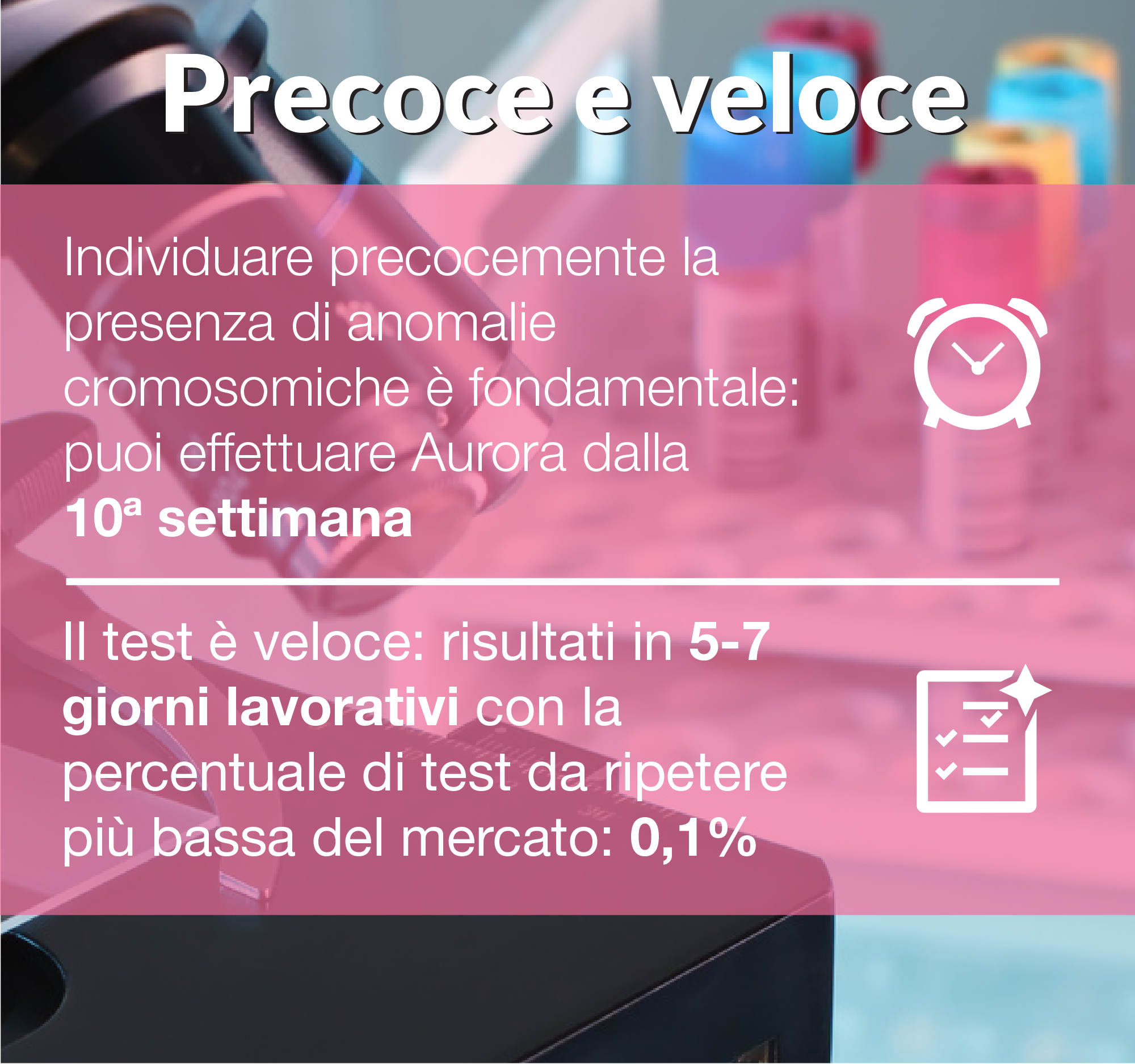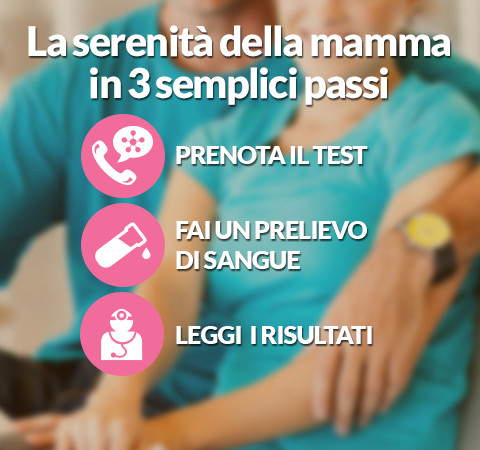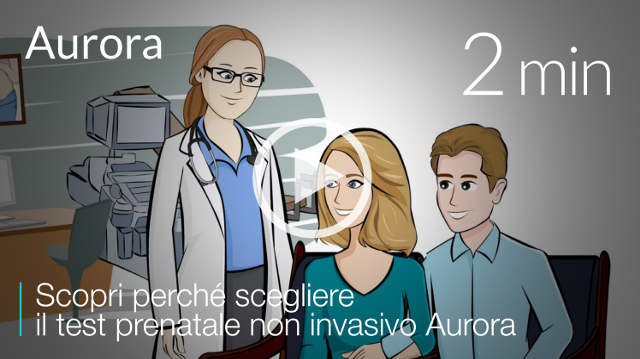The "baby brain" is that set of distractions and omissions that characterize pregnant women. Many future mothers complain, in fact, lack of concentration, difficulty in remembering things and carelessness. Nevertheless, several doctors had relegated the phenomenon to pure exhaustion and suggestion. According to a study by Deakin University, on the other hand, the baby brain exists.
The researchers examined the cognitive functions of 709 pregnant women and 521 non-pregnant women. They submitted the participants to mnemonic and cognitive tests, after which they compared the results. Pregnant women have had worse results than the others, more or less marked depending on the month of gestation. The cognitive decline occurred at the beginning of the first quarter, stabilizing towards the second and until the end of gestation.
The study confirmed that the baby brain is a real phenomenon, but its practical importance is very relative. Pregnant women feel less bright than usual and it's true. However, the phenomenon is destined to disappear after pregnancy, even if the timing is still unclear. More studies will be needed to understand both the reasons for the baby brain and how it takes us to disappear after delivery.
According to a previous study, the baby brain's guilt could be a reorganization of brain functions. The brain would in fact be too busy to process social information useful for raising a child. It would therefore be a natural adaptive phenomenon, necessary to raise the child to the fullest.
Source: ansa.it



















